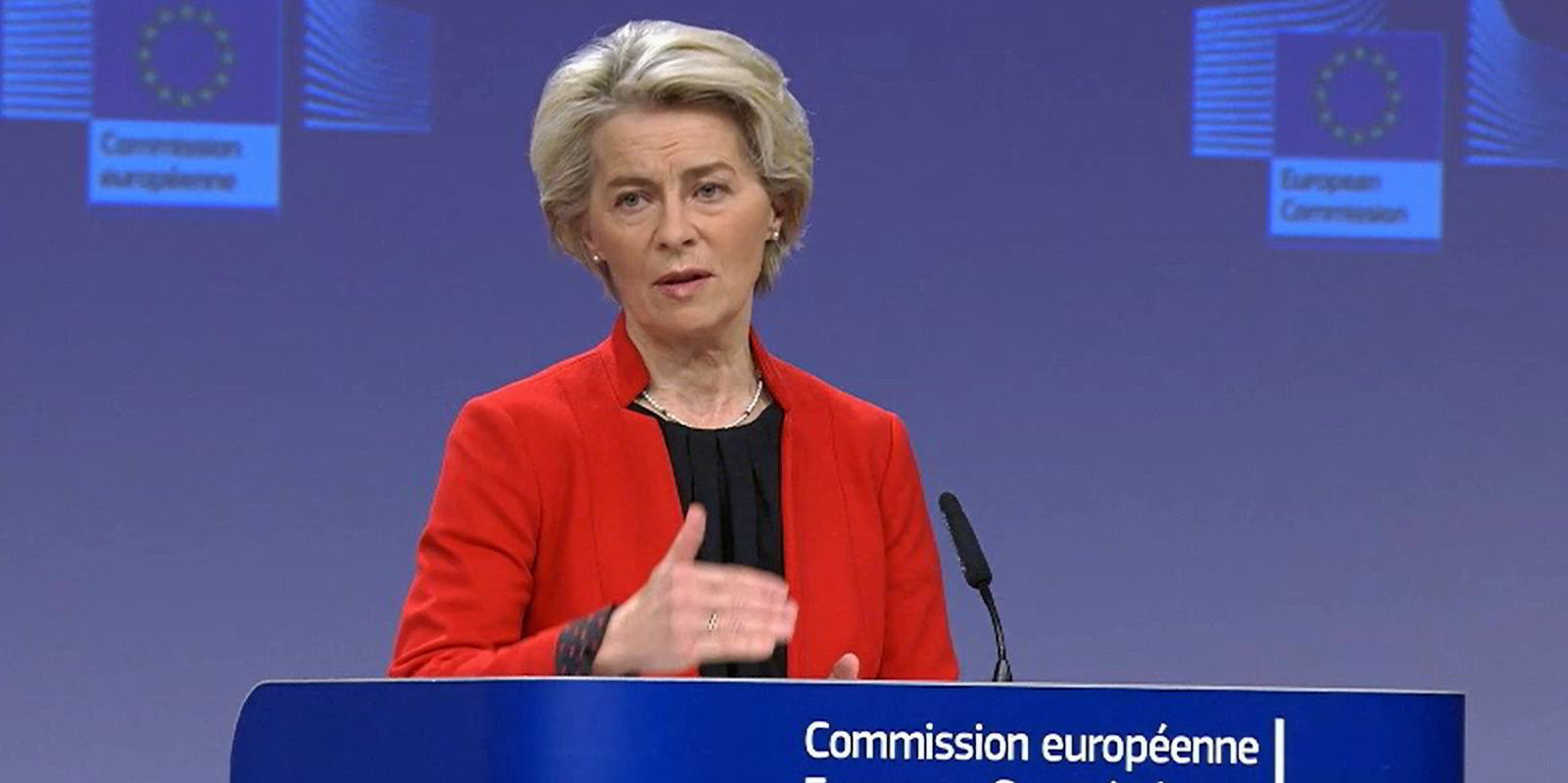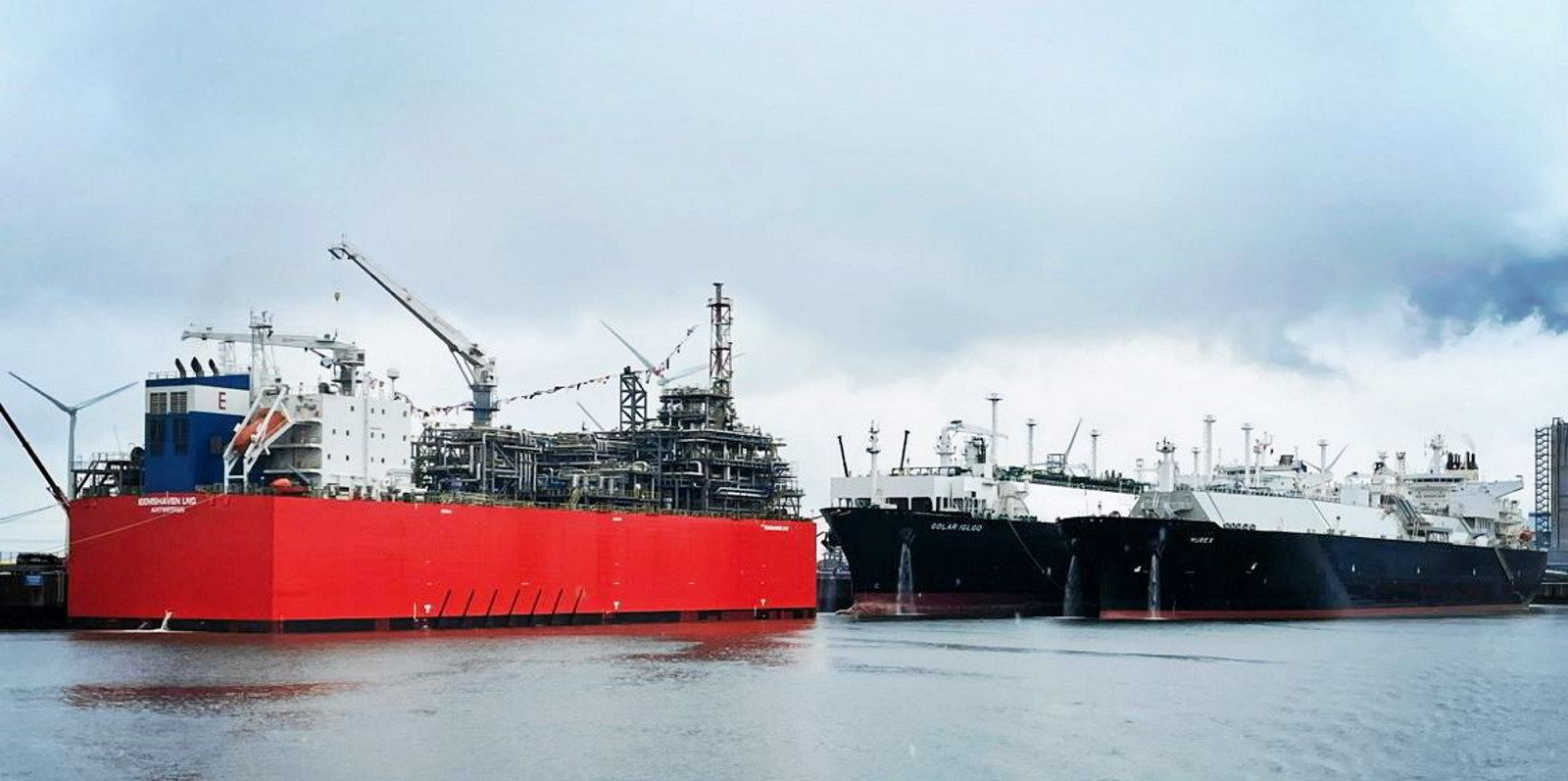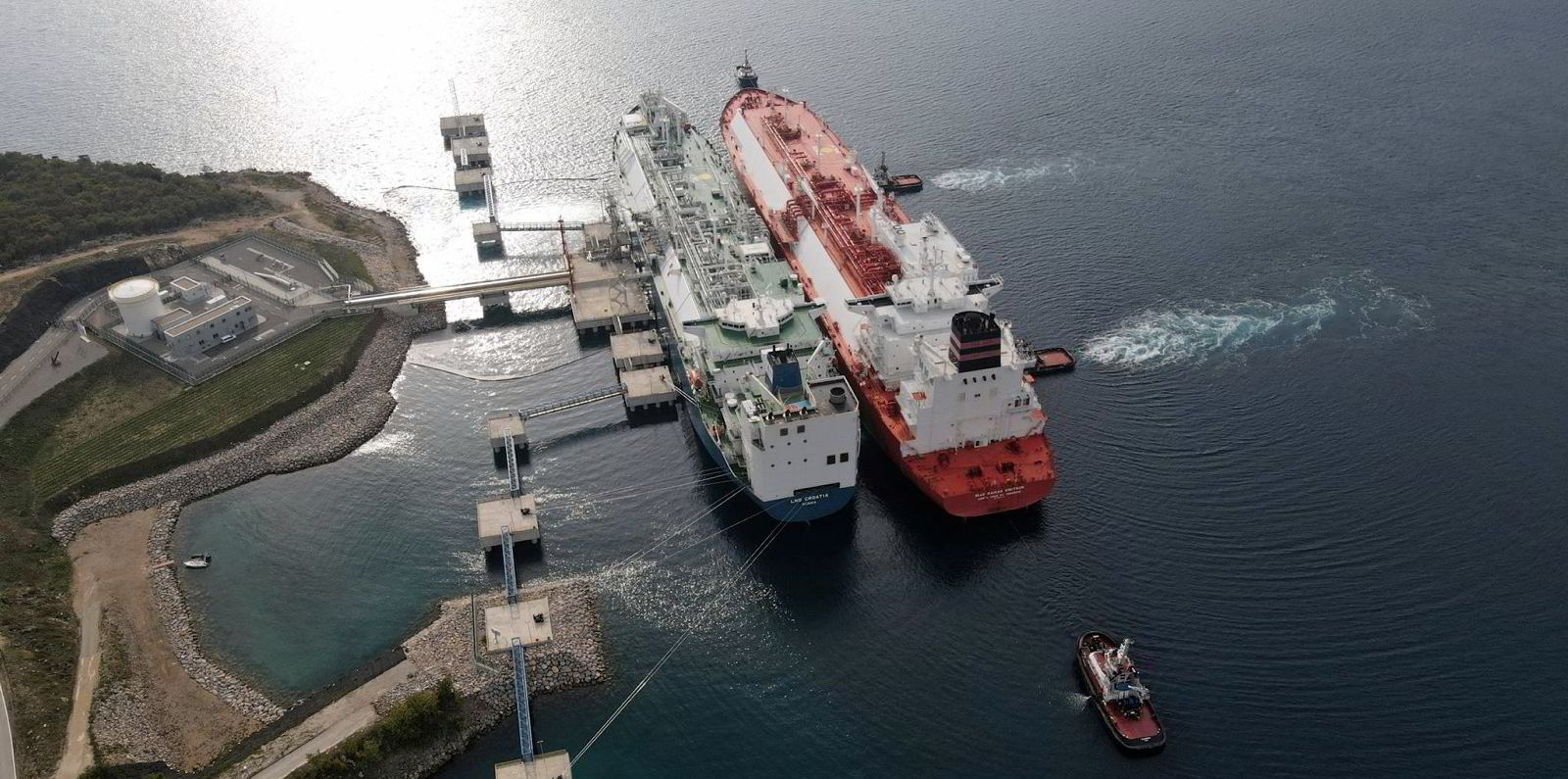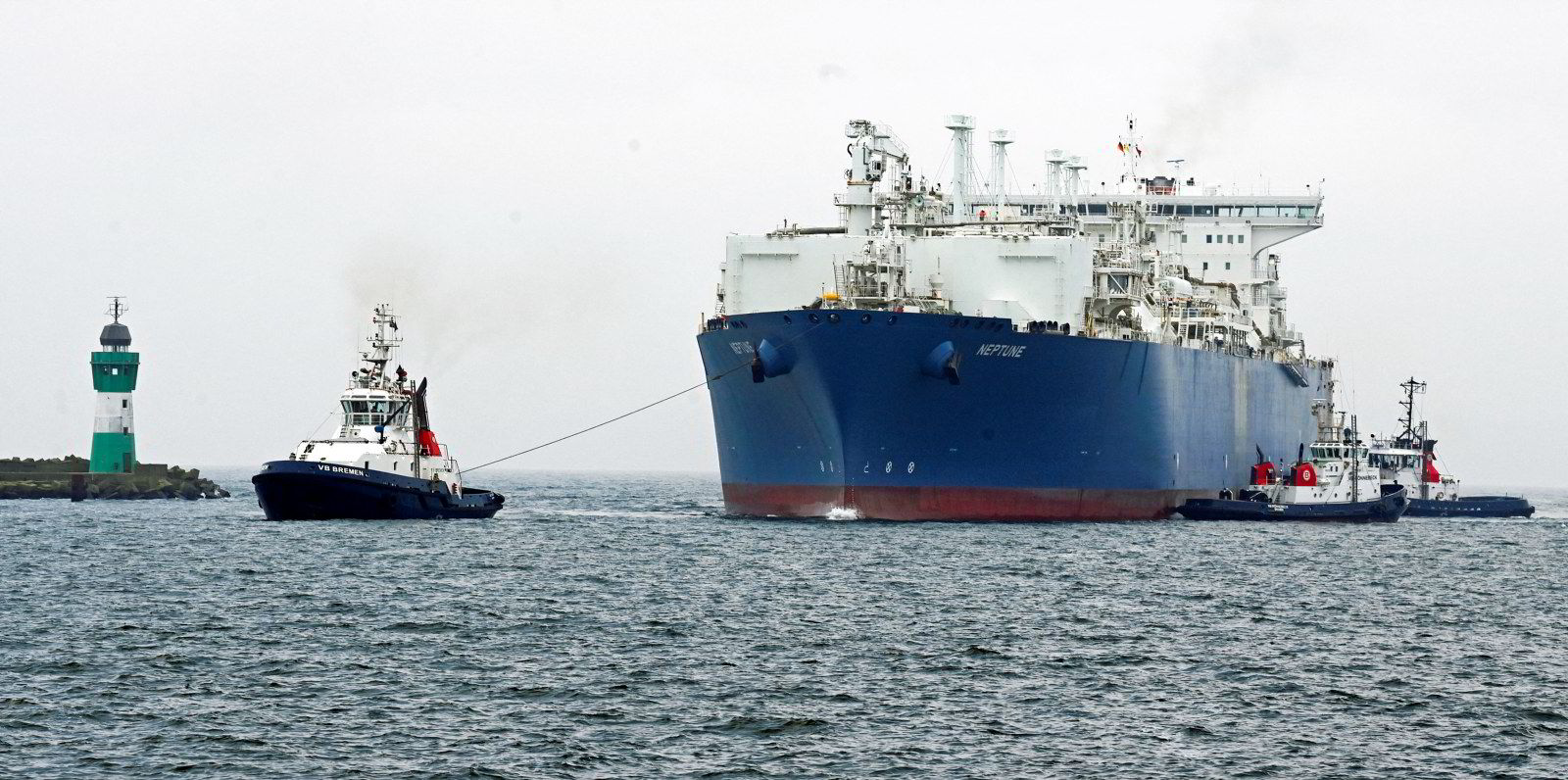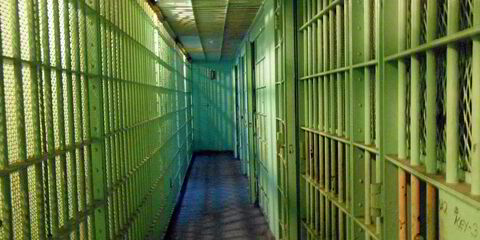At least three more LNG shipping assets are currently scheduled to arrive in Germany and Finland before the end of this week to work as infrastructure for gas imports as Europe is gripped by freezing weather conditions and politicians voice gas supply fears next winter.
But constant tweaks to schedulings, regulatory hurdles and plummeting temperatures, which have pushed up gas prices, are causing the arrivals picture to change daily.
On Monday Kpler data shows the 170,000-cbm Hoegh Esperanza (built 2018), which is laden with a Spanish reload cargo, as continuing to circle in the Bay of Biscay off France. The vessel was originally due to arrive in Wilhelmshaven, Germany at the end of last week.
The FSRU is now showing an estimated time of arrival of 15 December.
The 140,500-cbm steam turbine LNG carrier Seapeak Hispania (ex-Hispania Spirit, built 2002), which is earmarked to work as a floating storage unit for TotalEnergies-led LNG import project in Lubmin, has now loaded a cargo in Egypt and is heading towards northwest Europe.
The FSRU for this project, the 145,130-cbm FSRU Neptune (built 2009), has already arrived off the port area but is not expected to be put in place until later this month.
Finland is preparing to welcome the 150,900-cbm FSRU Exemplar (built 2010). Data sources indicated that the regas unit is due to arrive at the end of this week. But on Monday Kpler data showed the vessel as apparently waiting in ballast off Gibraltar.
On Monday European Commission president Ursula von der Leyen said Russia has cut its pipeline gas supplies by 80% in 2022.
But she said: “We have been able to manage. We have been able to withstand the blackmail.”
Von der Leyen referenced REPowerEU — a plan to cut dependence on Russian fossil fuels and fast forward the green transition — and said this must be boosted for the coming year.
She said: “Preparing for winter 2024 starts now.”
The EC president said the coming winter will be “even more challenging”, particularly if Russia cuts the rest of its gas supply, China’s demand returns to pre-Covid levels and the region sees a colder winter than the mild conditions seen this year.
Von der Leyen said the region is facing a shortfall of 30 billion cbm (BCM) of gas in winter 2023-2024.
She said the actions set in motion may cover part of this but more are needed.
Europe secured some 130 BCM of LNG this year. The president said she is confident it can secure similar volumes for 2023.
Von der Leyen said the EU needs to make joint purchasing a reality and said it can launch first tender for demand aggregation by end of March.
She said the region must also raise its efforts on renewables. “We must go big and we must go fast.”
The head of the International Energy Agency Fatih Birol said the gas shortfall would have been 60 BCM in 2023 without the measures Europe has taken.
He said the region is largely “off the hook” this year due to high gas storage.
But he said the next winter may be even more challenging.
Asked about the apparent increase of Russian LNG supplies to the EU during 2022, Von der Leyen said Russian LNG supply to the EU is not easy to trace.
Birol said it amounts to 5-6 BCM which he described as “peanuts” in the overall scope of gas imports.
